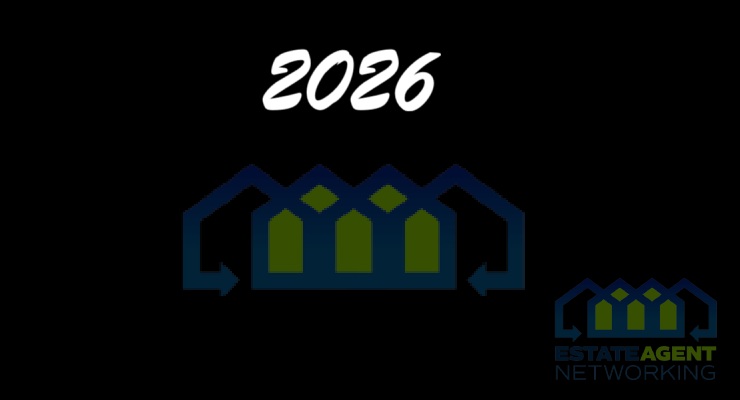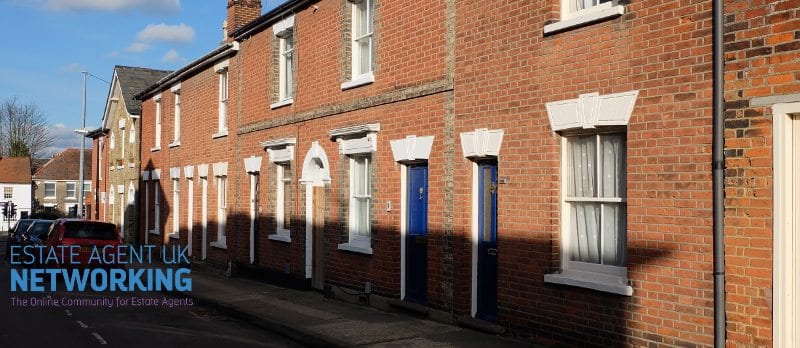Families are transforming their homes to make room for their boomerang kids
Growing numbers of families are turning their downstairs rooms into living accommodation for their grown-up children. A record 3.3million people aged 20 to 34 still live with their parents and worryingly, this is increasing. But this isn’t just new bedrooms for the grown-up children; many people are opting to create these rooms for their elderly parents.
Most are deciding to make this change because of the pressure of having elderly parents who need looking after or grown-up children who cannot afford to leave home. This may be because of the difficult housing market at the moment; though estate agents have said that they have noticed the trend of new downstairs bedrooms developing over the past few years – even when prices were comparatively low.
Homeowners now seem to be making sensible changes to what they already own; with the cost of converting a downstairs room likely to be significantly less than moving home for adding the space that you need.
Creating a downstairs room is therefore not necessarily about wanting to make your home more valuable, but about making it more suitable for your family. One in ten homeowners said they have ‘either recently created, or plan to create, an extra bedroom on the ground floor’ according to a poll by insurance firm Churchill.
The most common reason for wanting this ground floor living space was so that they have the extra room for an adult son or daughter who cannot afford to move out in the first place or are moving back home. Tellingly, one in four grown-up children aged 20 to 34 are still living at home. 19 per cent of the female population in the 20 to 34-year-old age group are still with their parents compared to 32 per cent of men. A further 510,000 people aged 35 to 64 are also still living at home with mum and dad.
The problem with this so-called ‘boomerang generation’ is that some young people who finally move out and get their own home, return because their circumstances have changed. It’s a sad thought that generations from now, the majority of young people may never be able to gather enough money for a deposit and could end up staying with their parents indefinitely.
Although having your parents still looking after you can have it’s advantages to diet, laundry, tidiness…
There are also other popular reasons for renovating your home, such as to make space for elderly relatives, who might not be able use the stairs in the house. Therefore renovating a room into a downstairs bedroom would be a great way to accommodate those who might be too physically frail.
Other reasons include wanting space for a guest room, wanting the extra space for a child who has outgrown their current bedroom or needs to stop sharing with a sibling.
Recently, it has been said that houses with two front doors are also becoming a growing trend. These types of properties allow families to live together but also enjoy some privacy, such as a couple with young children having a grandparent move in with them.
Of course, I should be remembered among the doom and gloom that having an older relative living with you can come with many fringe benefits, such as free babysitting for young children and being able to look after them without requiring a care home. Younger relatives can mow the lawn and do odd jobs around the house.
Whether good or bad, this is just the latest trend sweeping Britain and its housing stock in order to constantly accommodate the ever changing lives of us Brits; in particular Britain’s ageing population! But for you, before making the decision to create a new room, you need to take into consideration whether it will affect anyone within your home, if you have enough room for it and whether the sacrifice of living space in worthwhile.









